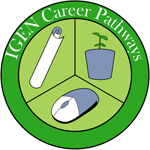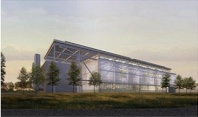By Garrick Aden-Buie, Research Fellow; James Buckingham, Research Fellow; Kebreab Ghebremichael, Senior Research Fellow, and Kalanithy Vairavamoorthy, Executive Director of the Patel School of Global Sustainability
(This article appears in the September, 2012 issue of The ACUPCC Implementer)
As the eighth largest university in the United States and the third largest in the state of Florida, the University of South Florida (USF) Tampa serves approximately 40,000 students and 12,000 faculty and staff. Like many other university campuses, the USF Tampa campus is a veritable miniature city. Situated in an urban setting, the campus contains 250 buildings on 1,561 acres and generates 266 million gallons of wastewater and 1,190 tons of solid waste, while requiring approximately 183 million kWhs of electricity and 740 million gallons of water a year to support its educational, research and social endeavors.
Much like the arteries of an organism, everyday activities on campus are supported by a system of networks that transport goods, resources, and energy to or from their users. Twenty-eight miles of roads and 92 miles of sidewalks move students and faculty.

3D Visualization of the University of South Florida (USF) Tampa Campus Urban Metabolism Model



 My name is
My name is 







